The D’Youville College Archives has a small collection of glass plate negatives. The techniques shown below provide a brief introduction in handling glass plate photographic material. Note: These glass plates were small, with no cracks or breaks. For information on the handling and storage of large and/or damaged plates, see Further Resources below.
Further Resources:
- Care of Photographs, Northeast Document Conservation Center. Preservation leaflet 5.3
- How do I House Glass Plate Negatives?, National Archives.
- Photographs: Archival Care and Management, Mary Lynn Ritzenthaler and Diane Vogt-O’Connor. Chicago: Society of American Archivist, 2006.

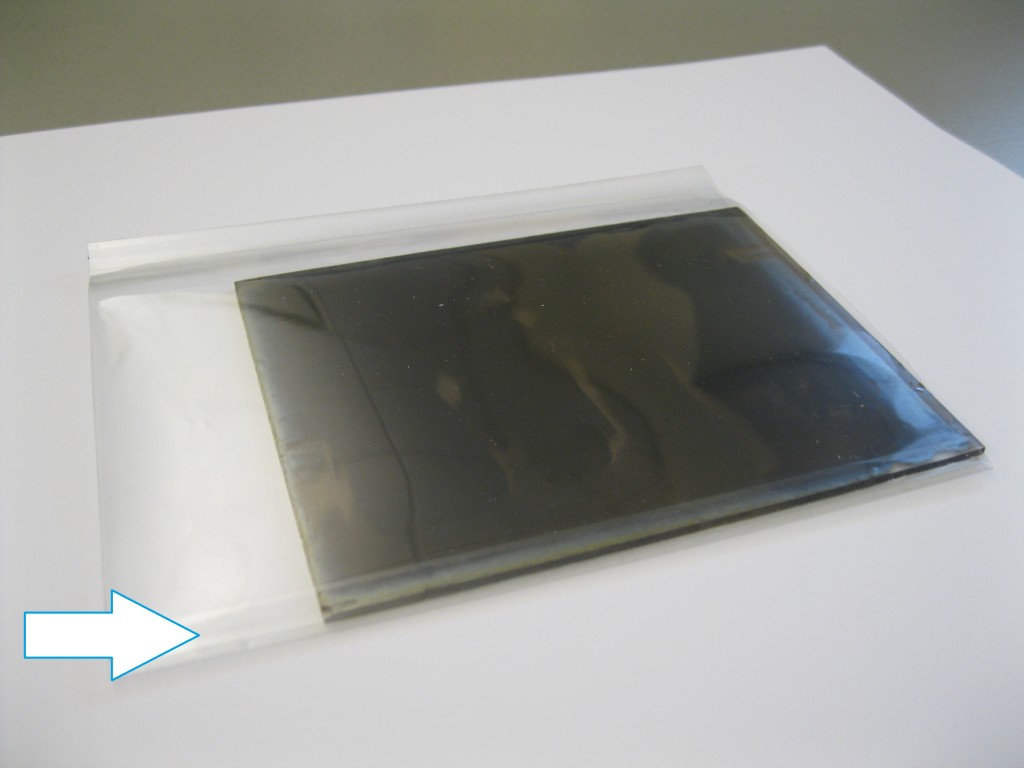



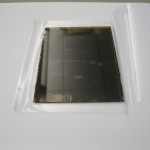
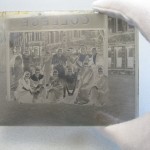
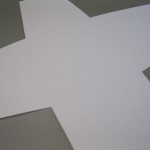
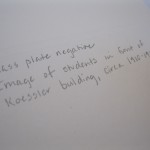
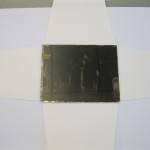


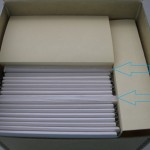
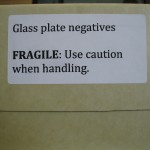
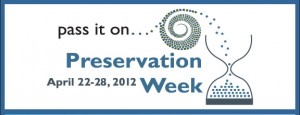 The American Library Association, Society of American Archivists, Library of Congress and other organizations have started the Preservation Week initiative to
The American Library Association, Society of American Archivists, Library of Congress and other organizations have started the Preservation Week initiative to